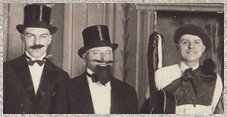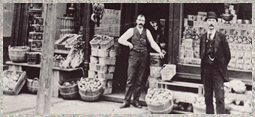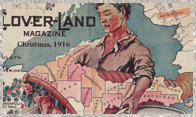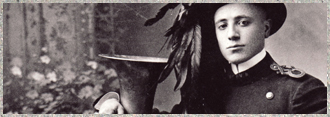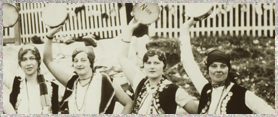Symposium

We launched the Recorded in Stone website at a symposium held on Saturday, October, 18 2008.
Special Guest Symposium Presenters
Dr. Arnold Alanen
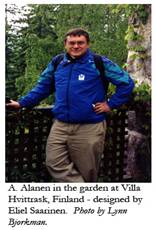
Dr. Arnold R. Alanen, who was raised in one of northeastern Minnesota’s rural Finnish communities, is a professor in the Department of Landscape Architecture at the University of Wisconsin-Madison, where he has taught landscape history, cultural landscape studies, and historic preservation for thirty-four years. He has written extensively about company towns and immigrant settlements in the Lake Superior region, and has been a cultural landscape advisor to the National Park Service on projects ranging from Michigan to Alaska. He was named Educator of the Year by the Council of Educators in Landscape Architecture in 2001, and recently was elected to the Society of Fellows by the same organization. Among his publications are the books, Preserving Cultural Landscapes in America, and Morgan Park: Duluth, U.S. Steel, and the Forging of a Company Town.
Presentation Abstract:
Of the six iron ore ranges that comprise the three-state Lake Superior mining region—the Marquette, Menominee, Gogebic, Vermilion, Mesabi, and Cuyuna—only the Marquette has a history that clearly spans both the “old” and “new” periods of European immigration to the United States.. (Michigan’s Copper Country, of course, has an even longer mining and immigrant legacy.). The old immigration is characterized by those émigrés who, prior to the late 1880s and early 1890s, came almost entirely from Western Europe and Canada. On the other hand, the peoples of Eastern and Southern Europe who arrived in large numbers during the period from the late 1880s to 1914 define the new immigration.
The transition from the old to new immigration is also revealed on the Marquette Range. Census information from 1860 to 1880 portrays a mining district settled primarily by immigrants from Ireland, Canada, Britain, Germany, and Sweden. By 1900, however, the relative number of Marquette Range German and Irish residents had dropped considerably; a strong Canadian (both English- and French-speaking), British, and Swedish presence continued; but Finns had emerged as the predominant group. By 1910, when new immigrants formed 40 percent of the entire foreign-born population of the Marquette Range, the size of the Finnish community had grown appreciably, and Italians now formed the fifth largest group. Although the new immigrant population of the Marquette Range never demonstrated the diversity of Minnesota’s mining districts, it offers many insights to the ethnic mosaic that distinguishes Michigan’s Upper Peninsula.
Dr. Terry Reynolds
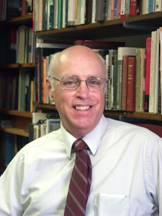
Dr. Terry S. Reynolds is past chair of the Department of Social Sciences at Michigan Technological University (1990-2002), past president of the Society for the History of Technology (1999-2000), and book review editor for "IA: Journal of the Society for Industrial Archeology". He has authored or edited eight books dealing with aspects of the history of technology, including "Stronger Than a Hundred Men: A History of the Vertical Water Wheel". Dr. Reynolds has worked on several projects related to the sesquicentennial of Grace United Methodist Church (1854-2004), Houghton's oldest organized religious body, including authoring a history of the church: Grace of Houghton: A History of Grace United Methodist Church, Houghton, Michigan, 1854-1004, 78 pp.
Presentation Abstract:
'Divided They Fall' focuses on three themes. First, ethnic differences were only partly to blame for the failure of labor actions on the Marquette range in the nineteenth century, albeit an important factor in some of the failures. Second, the prominence of different immigrant groups in labor actions varied chronologically; those active at one point were often inert later on. Third, one must be careful about applying preconceptions about immigrant groups – often based on what happened on other iron ranges -- to the labor history of the Marquette iron range.
